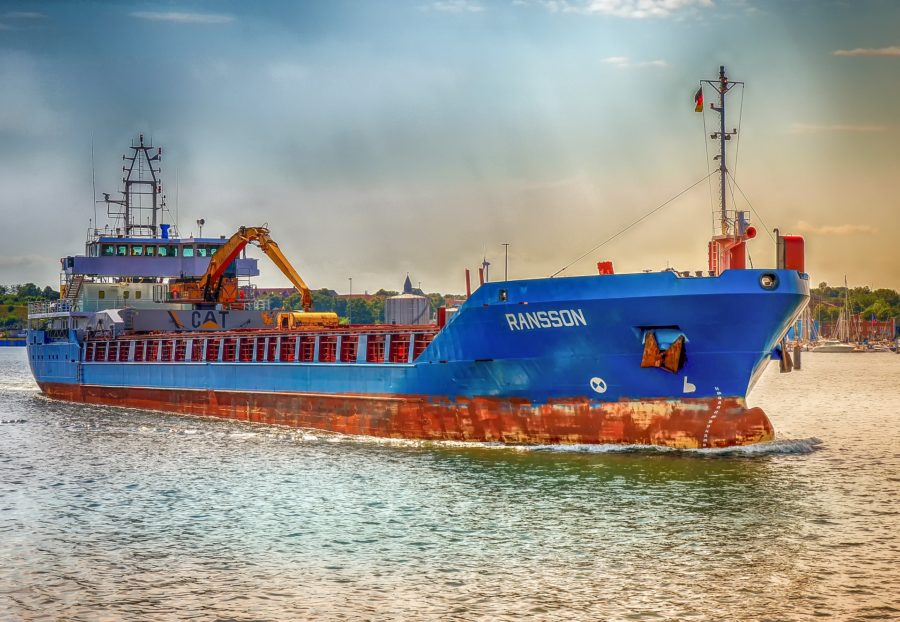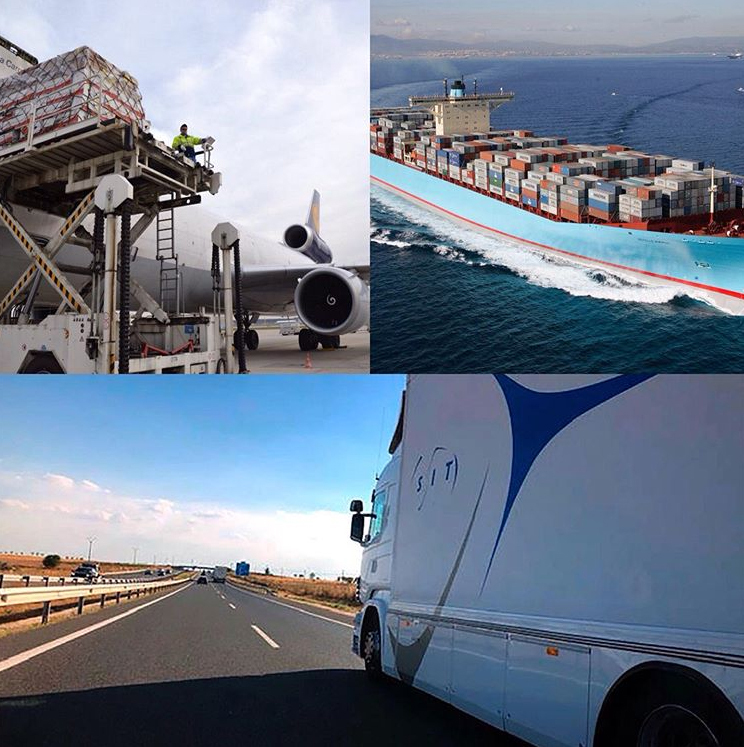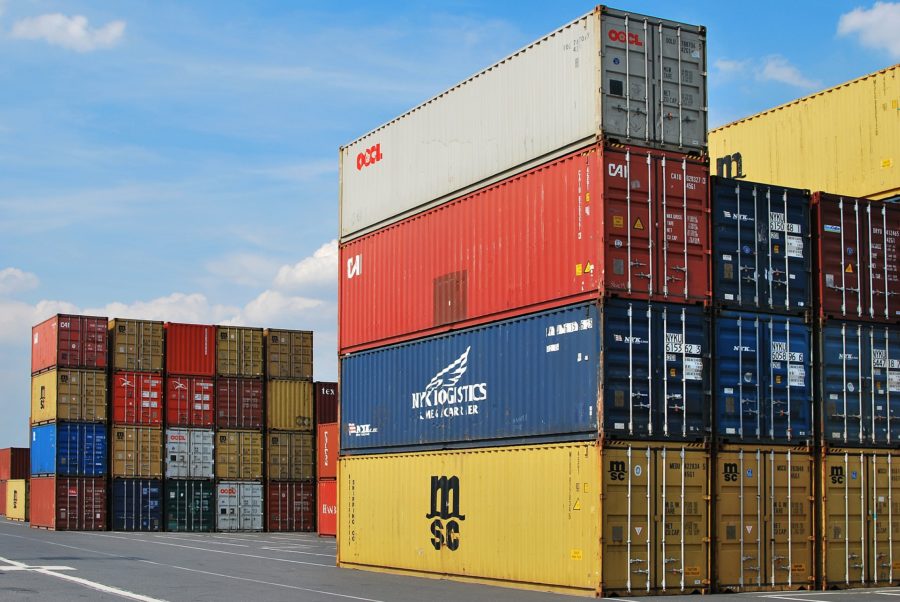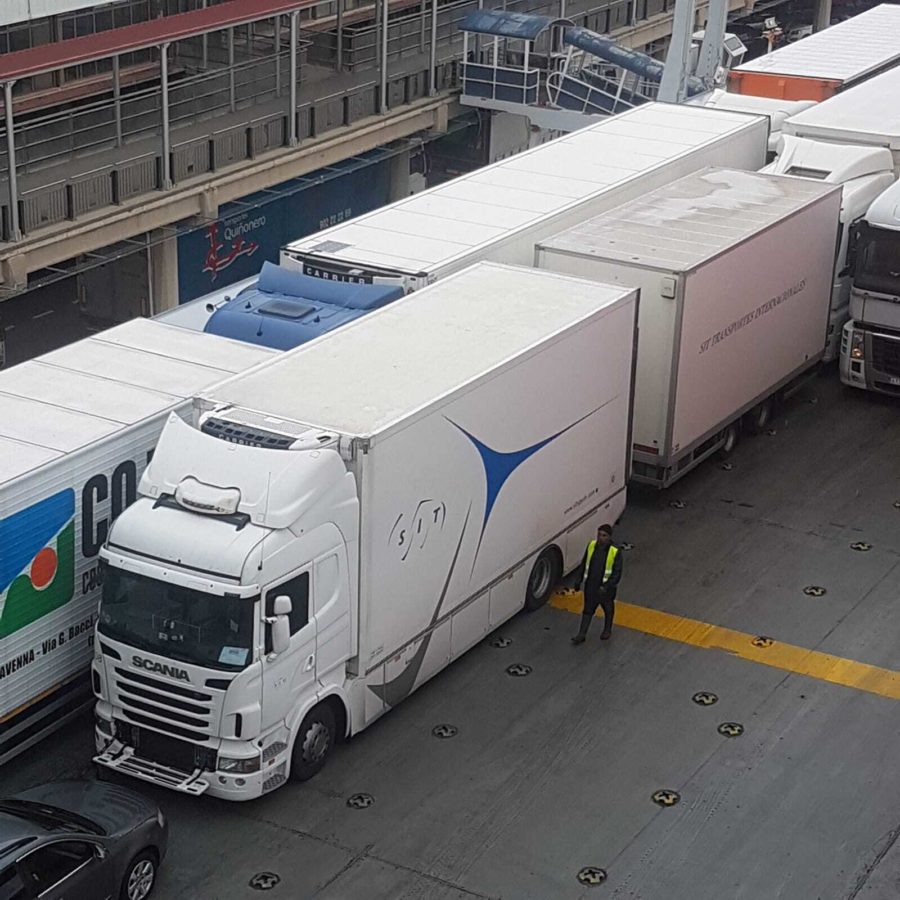
Figure 1 Alt-tag: A ship used for sea freight forwarding.
Not so long ago, sea freight was the transportation method a great majority of people would choose whenever international delivery of goods was necessary. The development of technology which further affected air freight has changed the situation to a certain degree. However, despite the numerous benefits of the latter option, sea freight is still frequently the choice of all those who need to transport their commercial or residential cargo. Also, the experts from SIT Spain as well as a vast number of their knowledgeable competitors often suggest this freight forwarding solution to their clients. So, what are the pros and cons of sea freight forwarding? When is it a smart decision to use sea freight for your cargo and what does this decision depend on?

Figure 2 Choosing the best transportation method for your cargo depends on various factors, all of which require a detailed analysis.
Alt.tag: Three photos combined to represent air, sea, and road freight forwarding.
The pros of sea freight forwarding
Sea shipping has many advantages when compared to alternative methods of transportation. The advantages outnumber the downsides by far, which explains why this method is still highly preferred among those who need to handle their cargo from one point to another.
Affordability
We must admit that finances are a significant factor when selecting a shipping method for your cargo. Unlike air freight, which is its most powerful rival in terms of international shipping, sea freight forwarding does not inflict enormous costs and is never a threat to a company or a home budget. Instead, due to the very cheap rates, sea freight forwarding is certainly the most cost-effective transportation method currently available.

Figure 2 You can save a lot of money if you choose sea shipping instead of its airborne equivalent.
Alt-tag: Piles of coins symbolizing the money you can save if you opt for sea freight forwarding.
A perfect solution for heavy and bulky goods
The vessels used for sea freight are of an impressive size. They are designed and equipped properly to transport almost any weight and type of goods without any difficulty. The prices for the service are highly favorable so it does not surprise that genuine experts, like those at fourwinds-ksa.com, suggest going for this option when transporting heavy machinery, cars, industrial machines, and similar. These extremely heavy and awkwardly-shaped items cannot be transported by plane, so sea shipping is the only viable solution.
It is highly important for foreign trade
Sea freight is among the top elements of foreign trade. Although we cannot deny the increasing use of airlines for transporting cargo, sea shipping connects various global trade markets, and thus influences foreign trade to a large extent.
The most eco-friendly transportation method
At this point, when the whole world is striving hard to raise environmental awareness and introduce eco-friendly practices to all spheres, sea freight forwarding remains the method with the lowest carbon footprint for transporting goods. Shipping vessels certainly spend less fuel than any other transportation method available, so it is yet another reason to choose sea shipping when in need of transportation services.
Safety
Ships used for sea freight forwarding are constructed and organized in a special manner to meet all the challenges of transporting dangerous materials or critical cargo safely and without any difficulties. The equipment on the vessel also guarantees perfect safety of the vessel itself, the crew, the cargo, and the environment. Shipping containers used for the transportation of this type of goods are designed to be sealed and are also locked during transport to maximize security. Finally, nowadays, cargo loss has decreased to a minimum and is currently almost non-existent due to the highly improved, up-to-date maritime security.

Efficiency
Regardless of the type and the size of your cargo, sea freight companies can meet all your requirements and needs. For example, for the purpose of cost-sharing for transportation, small shipments from various clients are most often grouped together to fill in a single container. This significantly reduces the amount of money necessary to invest in this type of service. On the other hand, as vessels are an excellent choice for shipping high volume cargo, professionals at the sea shipping company can organize your goods in one or more containers in the best possible way to minimize your expenses.

Figure 5 Sea freight forwarding guarantees efficiency and a decent chance to minimize your expenses.
Alt-tag: Trucks on a shipping vessel.
Cons of sea freight forwarding
Despite the above-mentioned benefits of sea freight forwarding, we cannot deny the existence of a few, though less serious downsides. Here are the cons of sea freight forwarding one has to bear in mind when weighing logistics options for freight forwarding.
Slow speed
The number one con of sea freight forwarding is very slow speed. This is the most time-consuming transportation method that is not advisable for those items with short lead time. Namely, the delivery of goods in sea freight forwarding can take up to a month, while choosing some of the alternative methods of transportation guarantees the delivery of your goods in only 2 or 3 days. Hence, your final choice greatly depends on how urgent the delivery of your items is. If you are, for example, organizing an international family relocation, the chances are you cannot afford a month at a new address without your possessions, so you need a different solution. On the other hand, business endeavors can be organized in a way that allows long lead time for a certain type of goods, which makes sea freight forwarding an excellent and affordable choice.
A risky endeavor
One of the things that many clients dislike about sea shipping is delays. Various problems can occur in maritime shipping, from different weather obstructions to the changes in weekly schedules. Thus, when choosing the method of shipping for your goods, be prepared for inconveniences of this type or choose other alternatives if delays can cause you major financial losses.
A lot of paperwork
Although each and every import/export transaction involves customs paperwork, we must admit that sea shipping requires a much more complicated and demanding paperwork procedure than its airborne equivalent. This can often be a reason to decide to avoid maritime shipping and opt for some other alternative.

Figure 4 Paperwork can be a great downside of maritime shipping at times. Alt.tag: Two piles of documents.
Tracking your shipment is difficult
While we must admit that the situation with tracking your shipment on its way to the destination port is slightly changing, there is still no effective method of tracking your goods once they are set off. Not being able to track their items during the transportation process is what often makes people eliminate sea freight forwarding as their choice.
Conclusion
Sea freight forwarding comes with its specific set of advantages and disadvantages. To know whether it is the right option for you given your circumstances, it is vital to analyze the factors like the cost, speed, dependability, volume of your goods, security, distance coverage, logistics, and finally, the impact on the environment. Only then can you make the right choice and choose the method that guarantees smooth, efficient, and problem-free transportation of your goods, whether you are involved in a business endeavor or a long-distance relocation.
Photos used
https://pixabay.com/photos/ship-freighter-technology-metal-3493887/
https://pixabay.com/photos/achievement-bar-business-chart-18134/
https://pixabay.com/photos/dock-container-export-cargo-441989/
https://pixabay.com/photos/files-paper-office-paperwork-stack-1614223/